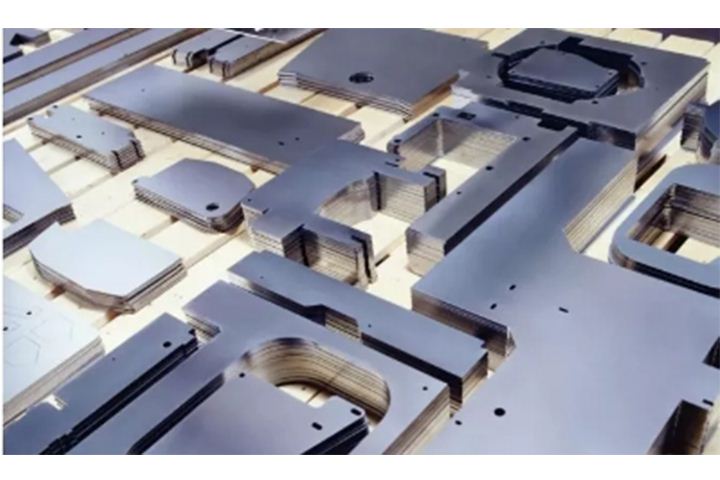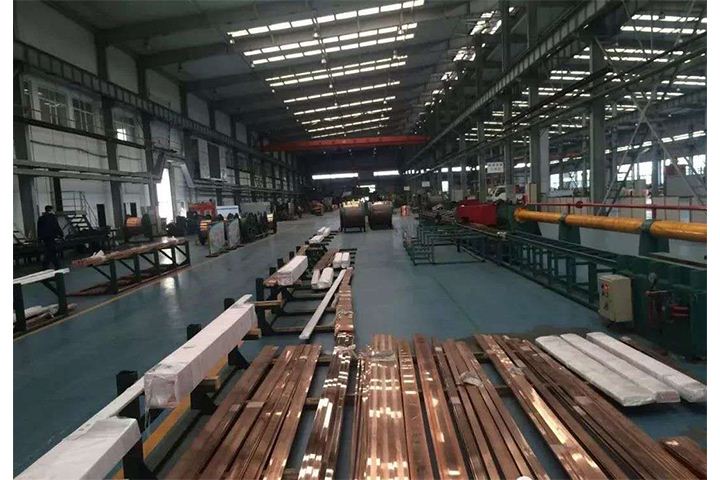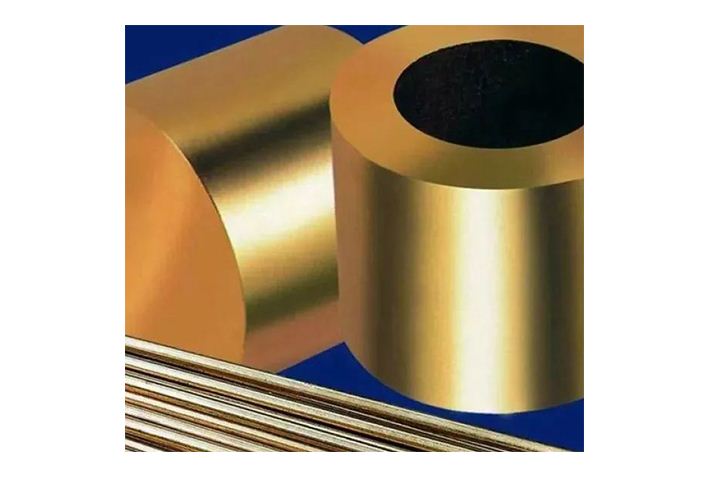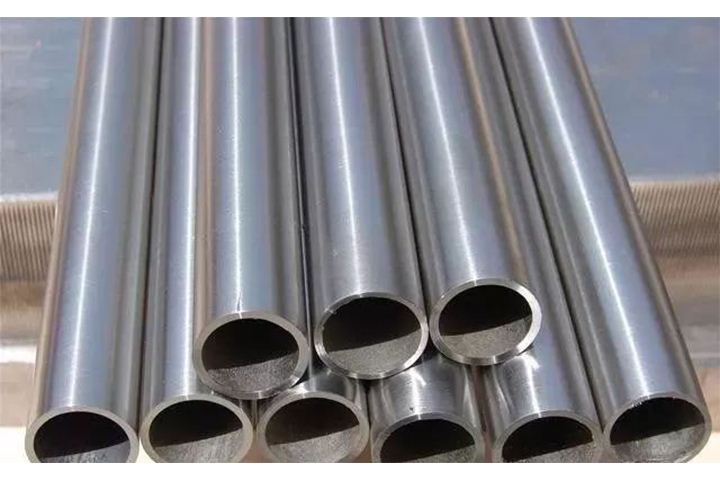Common Steel Materials for Mold Processing and Their Characteristics
Date: Apr,06 2020 View:
Common Steel Materials for Mold Processing and Their Characteristics
1.45#---High-quality carbon structural steel, is the most commonly used medium carbon quenched and tempered steel
Main features: The most commonly used medium carbon quenched and tempered steel has good comprehensive mechanical properties, low hardenability, and cracks easily during water quenching. Small parts should be quenched and tempered, and large parts should be normalized.
Application examples: Mainly used for manufacturing high-strength moving parts, such as turbine impellers, compressor pistons, shafts, gears, racks, worms, etc. Welding parts should be preheated before welding and stress relief annealing after welding.
 2. Q235A (A3 steel)-the most commonly used carbon structural steel
2. Q235A (A3 steel)-the most commonly used carbon structural steel
Main features: High plasticity, toughness, welding performance and cold stamping performance. It also has certain strength and good cold bending performance.
Application examples: Widely used for parts and welding structures with general requirements, such as low tension rods, connecting rods, pins, shafts, screws, nuts, ferrules, brackets, bases, building structures, bridges, etc.
3. 40Cr-one of the most widely used steel types, which is an alloy structural steel
Main features: After quenching and tempering, it has good comprehensive mechanical properties, low temperature impact toughness and low notch sensitivity, good hardenability, high fatigue strength when oil-cooled, and parts with complex shapes when water-cooled. Generate cracks, moderate cold bend plasticity, good machinability after tempering or tempering, but poor weldability, easy to crack, preheat to 100 ~ 150 ℃ before welding. Generally, it can be used in the quenched and tempered state. Carburizing and high frequency surface hardening.
Application example: After quenching and tempering, it is used to manufacture medium-speed and medium-load parts, such as machine tool gears, shafts, worms, spline shafts, thimble sleeves, etc., after quenching and tempering and high-frequency surface hardening, it is used to produce high-hardness and resistance Grinding parts, such as gears, shafts, main shafts, crankshafts, mandrels, sleeves, pins, connecting rods, screws and nuts, intake valves, etc.
4. HT150---gray cast iron
Application examples: gear box, machine bed, box, hydraulic cylinder, pump body, valve body, flywheel, cylinder head, pulley, bearing cover, etc.
 5. 35#---common materials for various standard parts and fasteners
5. 35#---common materials for various standard parts and fasteners
Main features: Appropriate strength, good plasticity, high cold plasticity, and good weldability. It can be partially upset and brushed in cold state.
Application examples after normalizing or quenching and tempering: Suitable for manufacturing small cross-section parts, parts that can withstand large loads: such as crankshafts, levers, connecting rods, shackles, etc.
6. 65Mn-commonly used spring steel
Application examples: small flat and round springs, cushion springs, springs, spring rings, valve springs, clutch springs, brake springs, cold-rolled coil springs, snap springs, etc.
7. 0Cr18Ni9-the most commonly used stainless steel (US steel number 304, Japanese steel number SUS304)
Characteristics and applications: It is the most widely used as stainless heat-resistant steel, such as food equipment, general chemical equipment, and original industrial equipment.
8. Cr12——Commonly used cold work die steel (American steel grade D3, Japanese steel grade SKD1)
Features and applications: Cr12 steel is a widely used cold work die steel, which is a high carbon and high chromium type ledeburite steel. The steel has good hardenability and good wear resistance. Because the carbon content of Cr12 steel is as high as 2.3%, the impact toughness is poor, it is easy to brittle, and it is easy to form non-uniform eutectic carbide. It has good abrasion resistance.
Application examples: Cold die, punch, blanking die, cold heading die, cold extrusion die and die, drill sleeve, gauge, wire drawing die, stamping die, wire drawing board, deep drawing die and cold pressing for powder metallurgy Model etc.
 9. DCCr12MoV-wear-resistant chrome steel
9. DCCr12MoV-wear-resistant chrome steel
Made in China. Compared with Cr12 steel, the carbon content is lower, and Mo and V are added. The carbide unevenness is improved. MO can reduce carbide segregation and improve hardenability. V can refine grains and increase toughness. This steel has high Hardenability, cross-section below 400mm can be fully hardened, good hardness and wear resistance can be maintained at 300 ~ 400 ℃, higher toughness than Cr12, small volume change during quenching, and high wear resistance and Good comprehensive mechanical properties. So it can manufacture various molds with large cross-sections, complex shapes, and withstanding large impacts, such as ordinary drawing dies, punching concave dies, punching dies, blanking dies, cutting dies, piping dies, wire drawing dies , Cold extrusion die, cold cutting scissors, circular saw, standard tools, measuring tools, etc.
10.SKD11-ductile chrome steel
Made by Japan Hitachi. Technically improve the cast structure in steel and refine the grains. Compared with Cr12mov, the toughness and wear resistance have been improved. The service life of the mold has been extended.
11.D2-high carbon high chromium cold work steel
Made in the United States. It has high hardenability, hardenability, wear resistance, high temperature oxidation resistance, good rust resistance after quenching and polishing, and small heat treatment deformation. It is suitable to manufacture various tools and cold molds that require high precision and long life , such as drawing die, cold extrusion die, cold shear tool, etc.









